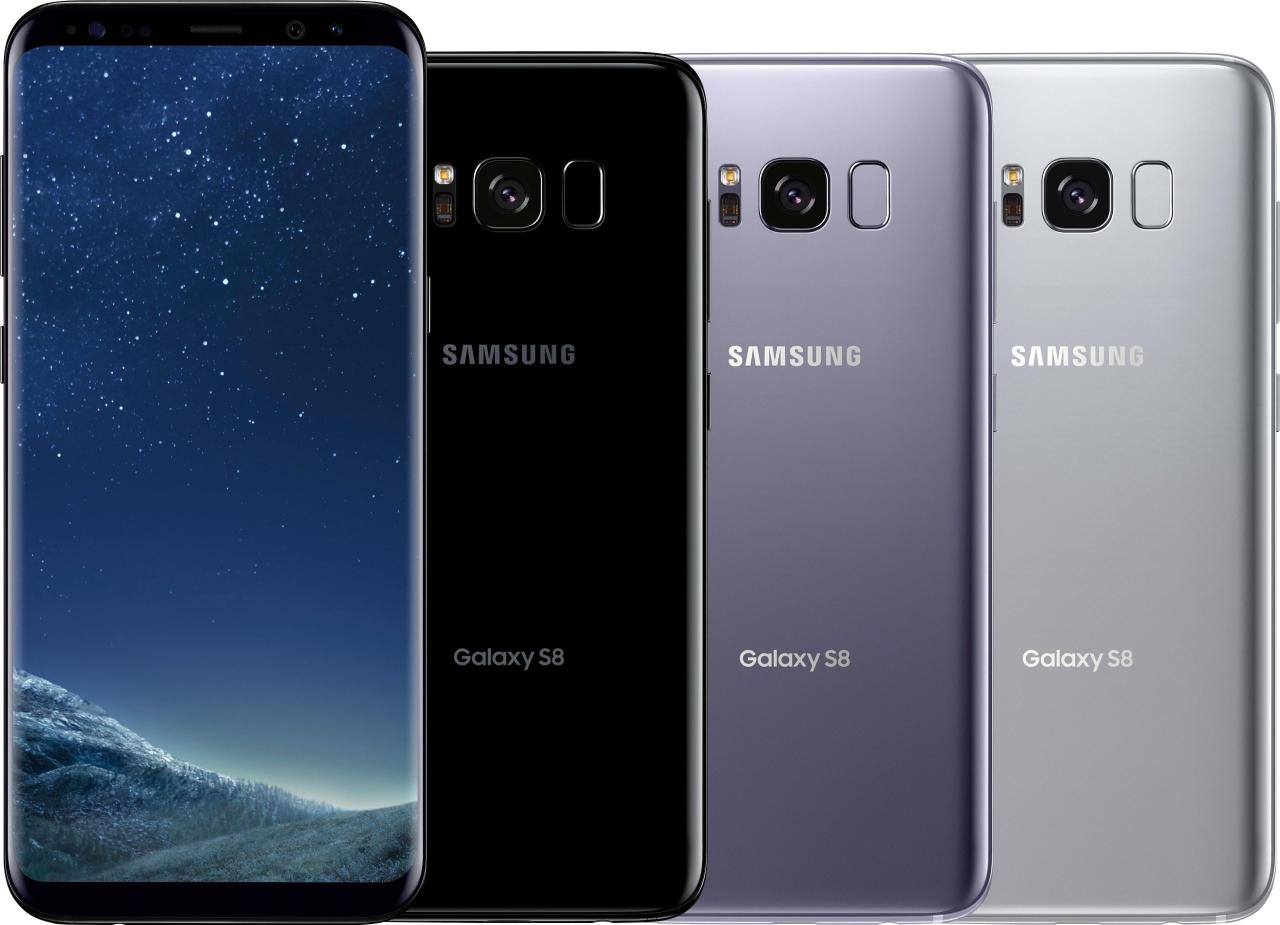Galaxy Note 2 marks a significant evolution in mobile technology, showcasing features that redefine user interaction and productivity. With its innovative S Pen, stunning display, and robust performance, this device captivated the hearts of smartphone enthusiasts upon its release. From its impressive hardware specifications to its unique software features, the Galaxy Note 2 stands out as a beacon of creativity and functionality in a crowded market.
As we delve deeper into the specifics, we’ll explore how the Galaxy Note 2 not only compares to its predecessors but also to contemporary smartphones, solidifying its legacy within the Galaxy Note series. With insights into its performance, user interface, and standout features, the Galaxy Note 2 exemplifies a perfect blend of power and elegance.
Features of Galaxy Note 2

The Samsung Galaxy Note 2 distinguished itself in the smartphone market upon its release, garnering attention for its innovative features and capabilities. This device combined the functionality of a phone and a tablet, making it ideal for multitasking and productivity.
One of the most notable aspects of the Galaxy Note 2 is its integration of the S Pen, a stylus that offers unique functionalities compared to standard touch interfaces. The S Pen enhances precision and brings a new dimension to navigating the device and creating content. The advanced features of the S Pen include Air View, which allows users to hover over content to preview it without opening applications, and the ability to create handwritten notes directly on the screen. Furthermore, it supports various applications, such as S Note, where users can sketch, write, and organize their ideas seamlessly.
S Pen Functionality and Applications
The S Pen transforms the user experience by enabling more precise interactions and creative applications. Not only does it simulate the feel of writing on paper, but it also includes several software enhancements to maximize productivity.
Key functionalities of the S Pen include:
- Handwriting Recognition: The S Pen can convert handwritten notes into digital text, allowing for easy editing and sharing.
- Smart Select: Users can highlight content on the screen and create quick captures for easy sharing or referencing.
- Screen Write: This feature allows users to take screenshots and annotate them instantly, making it perfect for sharing information or instructions.
- Air Command: A menu that appears when the S Pen is removed from its slot, providing quick access to various features like creating notes, screen capture, and more.
The S Pen’s versatility encourages creativity and productivity, making the Galaxy Note 2 a preferred choice for professionals and creatives alike.
Display Specifications
The visual experience on the Galaxy Note 2 is anchored by its impressive display. Featuring a 5.5-inch Super AMOLED screen, the device delivers vibrant colors and deep contrasts. This technology enhances the viewing experience, particularly for multimedia content and gaming.
The specifications include:
- Resolution: The display boasts a resolution of 1280 x 720 pixels, providing sharp and clear visuals.
- Aspect Ratio: With an aspect ratio of 16:9, the screen is optimized for watching videos and playing games.
- Multi-Touch Capability: The capacitive touchscreen supports multi-touch gestures, facilitating intuitive navigation and interaction.
The combination of size and technology makes the Galaxy Note 2’s display not only functional but enjoyable for various tasks, from browsing and reading to watching videos and editing photos.
Performance and Hardware

The Galaxy Note 2 stands as a remarkable testament to Samsung’s commitment to delivering high-performance devices. With its powerful specifications and thoughtful engineering, it has managed to establish a significant presence in the smartphone market. This section delves into the intricate hardware components that contribute to the device’s overall performance, including the processor, RAM, storage options, and battery life.
Processor Specifications
The Galaxy Note 2 is powered by either the Exynos 4412 quad-core processor or a Qualcomm Snapdragon S4, depending on the region. The Exynos variant runs at a clock speed of 1.6 GHz, while the Snapdragon S4 operates at 1.5 GHz. This combination of processing power allows the device to handle multitasking and resource-intensive applications with ease. User experiences highlight that the processor significantly enhances performance during gaming and heavy usage, maintaining smooth graphics and quick load times.
RAM and Storage Options
The device comes equipped with 2GB of RAM, which is ample for most users. This ensures that applications run smoothly without frequent lag or crashes, even when multiple apps are open. Storage options include 16GB, 32GB, and 64GB variants, with the possibility of expanding storage via microSD up to 64GB. Many users have reported that the expandable storage feature is particularly beneficial for those who store large media files or utilize numerous applications daily, as it provides flexibility without compromising performance.
Battery Life Performance
Battery life is a critical aspect of any mobile device, and the Galaxy Note 2 does not disappoint. It features a 3100mAh battery that provides robust performance, even with heavy usage. In various scenarios, such as web browsing, video playback, and gaming, users have reported impressive longevity. For instance, streaming HD videos can last over 10 hours, while regular usage, including social media, calls, and browsing, can easily extend beyond a full day.
“The combination of an efficient processor and a large battery capacity allows the Galaxy Note 2 to excel in providing a reliable mobile experience.”
Overall, the Galaxy Note 2’s performance and hardware specifications work in harmony to deliver a user-friendly experience, making it a solid choice for those seeking both performance and functionality in a smartphone.
Software and User Interface
The Galaxy Note 2 is equipped with an array of software features and user interface enhancements that significantly elevate its usability and performance. Running on Android, the device provides a smooth and versatile experience enriched by Samsung’s TouchWiz interface, making it a favorite among users who appreciate customization and efficiency.
Operating System Options and Updates
Initially launched with Android 4.1 Jelly Bean, the Galaxy Note 2 has been updated to various versions, including Android 4.4 KitKat. Each update brought enhancements in performance, security, and functionality, ensuring that users had access to the latest features. The transition to Jelly Bean was particularly notable for its Project Butter technology, which improved the device’s fluidity and responsiveness. Samsung’s commitment to software support provided users with a chance to experience newer functionalities while ensuring stability and security.
TouchWiz Features and Customization Options
Samsung’s TouchWiz interface is a hallmark of the Galaxy Note 2, offering a range of unique features that enhance user interaction. The interface brings a user-friendly design coupled with extensive customization options, allowing users to tailor the look and feel of their device.
Key TouchWiz features include:
- Multi-Window Support: Users can run two apps simultaneously, enhancing productivity by allowing quick access to information without switching between apps.
- Smart Stay: This feature keeps the screen active as long as the user is looking at it, preventing the display from timing out during reading or browsing.
- Air View: Users can hover the S Pen over content to preview information, such as email or gallery images, facilitating a more intuitive interaction.
- Popup Play: This allows users to watch videos in a floating window while multitasking with other applications, ensuring an uninterrupted viewing experience.
The customization options extend to themes, widgets, and home screen layouts, enabling users to personalize their device to reflect their style and preferences.
Popular Apps Enhancing the Galaxy Note 2 Experience
The Galaxy Note 2’s capabilities can be further enhanced through various popular applications that leverage its powerful hardware and unique features. Here are some noteworthy apps that significantly enhance the user experience:
- Evernote: Ideal for note-taking and organization, this app integrates seamlessly with the S Pen for handwritten notes, making it a favorite for students and professionals alike.
- Adobe Photoshop Touch: This powerful image editing application allows users to unleash their creativity, utilizing the S Pen for precision editing and design work.
- GPS Navigation Apps: Apps like Google Maps or Waze provide excellent navigation support, taking advantage of the large screen and GPS features of the Note 2 for a superior mapping experience.
- Tasker: This automation app allows users to create customizable scripts to automate tasks on their devices, enhancing productivity and user experience significantly.
These applications showcase the versatility of the Galaxy Note 2, ensuring that users can maximize their efficiency and enjoyment while using the device.
Comparisons with Other Models

The Samsung Galaxy Note 2 emerged as a groundbreaking device that built upon the foundation laid by its predecessor, the Galaxy Note. As the second iteration in the Note series, it showcased significant advancements in both hardware and software, elevating the user experience while setting new standards in the phablet market. This section explores how the Galaxy Note 2 compares with its predecessor and how it stands against other contemporary models in the competitive smartphone landscape.
Advancements Over the Predecessor
The Galaxy Note 2 introduced a host of improvements compared to the original Galaxy Note, enhancing its appeal to users seeking better performance and functionality. Key advancements include:
- Larger Display: The Note 2 features a 5.5-inch Super AMOLED display compared to the original’s 5.3 inches, offering a more immersive viewing experience.
- Improved Processor: Upgraded to a quad-core Exynos 4412 processor, the Note 2 delivers superior multitasking capabilities and faster application performance over the dual-core processor of its predecessor.
- Enhanced S Pen Features: The S Pen stylus saw significant enhancements, including new functionalities like Air View and Quick Command, which streamlined the user interface and made navigation more intuitive.
- Bigger Battery: The Note 2 comes with a 3100 mAh battery compared to the original’s 2500 mAh, providing longer usage times between charges.
The combination of these enhancements solidified the Galaxy Note 2’s position as a leader in its category, catering to power users and creatives alike.
Positioning Against Contemporaries
In the era when the Galaxy Note 2 was launched, the smartphone market was robust, with several strong competitors. When compared to contemporaries such as the HTC One X and the LG Optimus G, the Note 2 stood out due to the following features:
- Display Technology: The Super AMOLED display of the Note 2 offered richer colors and deeper blacks compared to the LCD screens of its competitors.
- Productivity Features: The integration of the S Pen and related software applications provided a unique advantage for note-taking and creative tasks, which other models lacked.
- Multi-Window Support: The Note 2’s ability to run multiple apps simultaneously on its large screen enhanced productivity, setting it apart from other flagship models.
These features made the Galaxy Note 2 an attractive option for users seeking both functionality and performance in their devices.
Evolution of the Galaxy Note Series
The Galaxy Note series has seen remarkable evolution since the launch of the Note 2, with newer models like the Galaxy Note 20 Ultra significantly advancing the technology and features available. Comparisons can be drawn in several areas:
- Camera Technology: The Note 2’s 8 MP rear camera was impressive for its time; however, the Note 20 Ultra boasts a 108 MP camera that offers advanced photography capabilities, including 100x Space Zoom.
- Display Resolution: The Note 2’s resolution of 1280 x 720 pixels has evolved to the Note 20 Ultra’s astonishing 3200 x 1440 pixels, providing unparalleled clarity and detail.
- Software Features: While the Note 2 ran on Android 4.1 (Jelly Bean), newer models have continued to enhance the user interface with features such as Samsung DeX and improved S Pen functionalities, showcasing the series’ commitment to innovation.
This evolution illustrates how Samsung has consistently pushed the boundaries of smartphone technology, ensuring the Galaxy Note series remains relevant and appealing to a modern audience.
Questions Often Asked: Galaxy Note 2
What is the battery life of the Galaxy Note 2?
The Galaxy Note 2 offers a battery life of up to 10 hours of talk time and can last a full day with regular usage.
Can the S Pen be used with other devices?
No, the S Pen is specifically designed for the Galaxy Note series, though some features may be similar in other compatible Samsung devices.
What operating system does the Galaxy Note 2 run?
The Galaxy Note 2 originally shipped with Android 4.1 Jelly Bean and is upgradeable to newer versions, depending on carrier support.
Is the Galaxy Note 2 suitable for gaming?
Yes, the Galaxy Note 2’s powerful hardware allows for smooth gaming experiences, making it a great option for mobile gamers.
What are some popular apps for the Galaxy Note 2?
Popular apps include note-taking tools like S Note, productivity apps like Evernote, and various creative applications that leverage the S Pen capabilities.
The Samsung Galaxy Note 7 made headlines for its impressive features and innovative design, but it was also notorious for its battery issues. Despite its challenges, the device was a testament to Samsung’s commitment to pushing the boundaries of smartphone technology, paving the way for future models.
When we talk about Samsung’s flagship devices, the Galaxy S 6 is often mentioned for its sleek design and powerful performance. This model marked a significant shift in Samsung’s aesthetic approach, combining glass and metal to create a premium look that appealed to many users and set a new standard in the smartphone market.